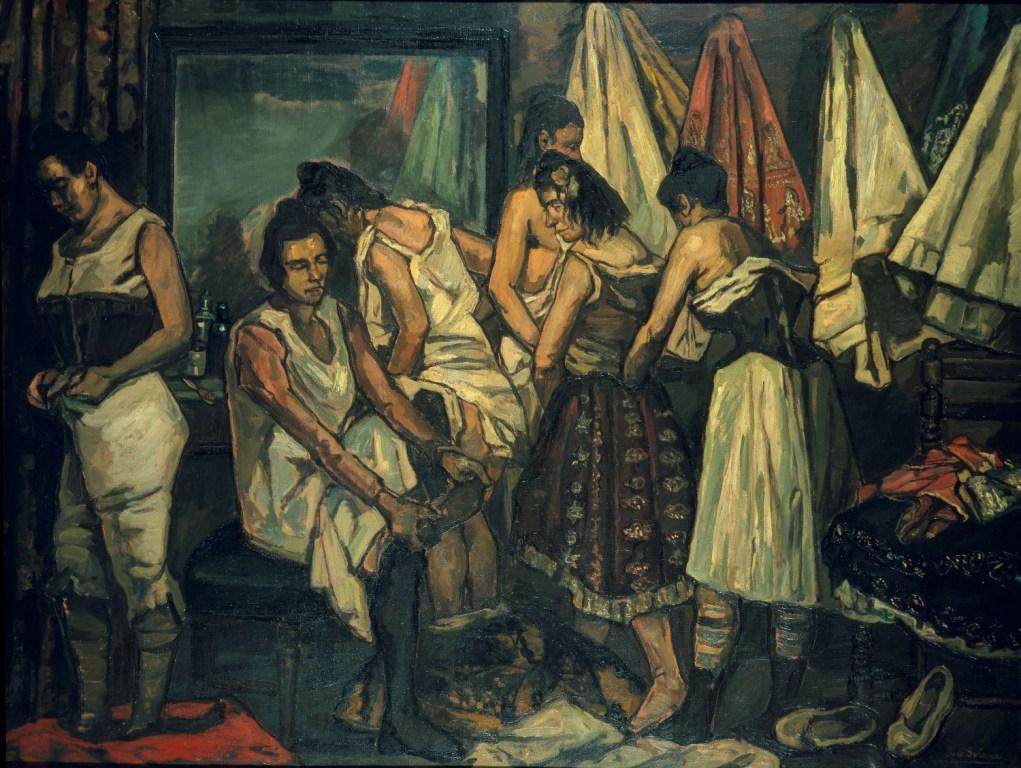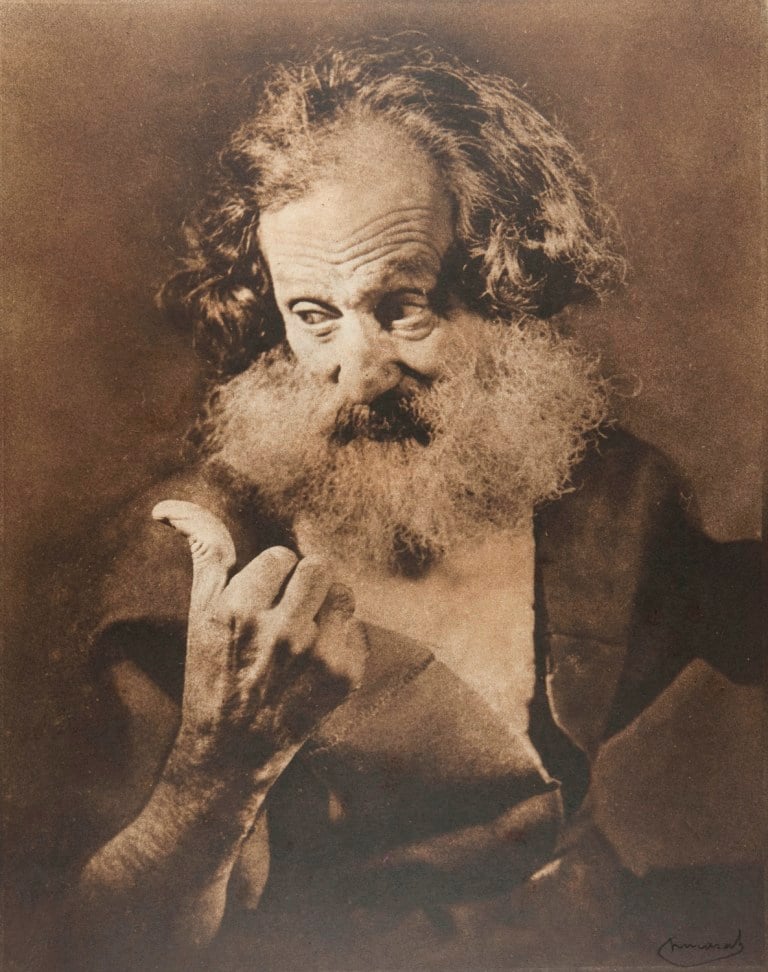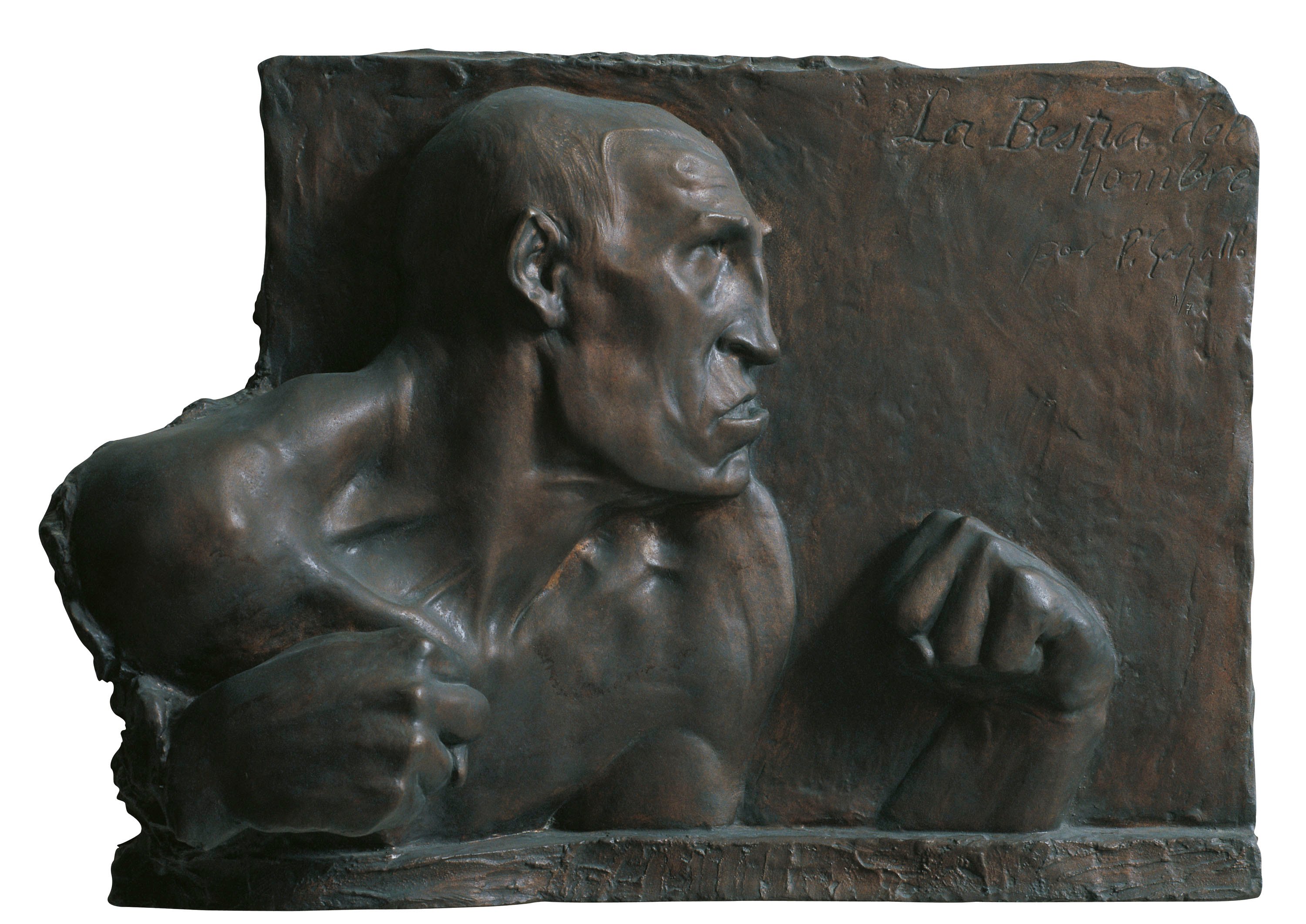Bohemian thinking leads the artist to take an interest in the darkest and most primitive side of the society he lives in. This can happen as a reaction to official picturesqueness or religious sentimentalism or as a disturbing identification with the infamies of hardship and ‘degeneracy’. The case of Nonell and his portraits of beggars, cretins or, especially, Gypsy women –always different but always the same– was one of the high points of bohemian ideology.
II. Modernism(s)
- II.21. Bohemia, miserabilism and black painting
II.14. 'Modernistes' in Paris [1]
II.15. 'Modernistes' in Barcelona [2]
II.16. The painter of modern life [3]
II.17. The ‘Modernista’ home [4]
II.18. Antoni Gaudí and Josep Maria Jujol [5]
II.19. Conservative ‘Modernismes’ [6]
II.20. Symbolisms 1 [7]
II.21. Bohemia, miserabilism and black painting
II.22. Symbolisms 2 [8]




